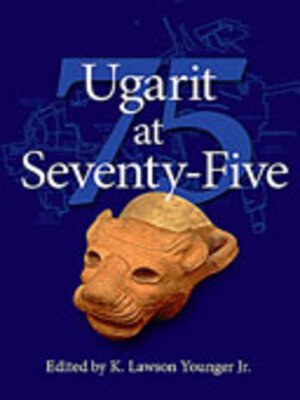
Sign up to save your library
With an OverDrive account, you can save your favorite libraries for at-a-glance information about availability. Find out more about OverDrive accounts.
Find this title in Libby, the library reading app by OverDrive.



Search for a digital library with this title
Title found at these libraries:
| Library Name | Distance |
|---|---|
| Loading... |
In the spring of 1928, a Syrian farmer was plowing on the Mediterranean coast near a bay called Minet el-Beida. His plow ran into a stone just beneath the surface. When he examined the obstruction, he found a large man-made flagstone that led into a tomb, in which he found some valuable objects that he sold to a dealer. Little did he know what he had discovered. In April of 1929, C. F. A. Schaeffer began excavation of the tombs, but a month later he moved to the nearby tell of Ras Shamra. On the afternoon of May 14, the first inscribed clay tablet came to light—thus the beginnings of the study of Ugarit and the Ugaritic language. Seventy-five years have passed, and the impact of this extraordinary discovery is still being felt. Its impact on biblical studies perhaps has no equal. In February 2005, some of the preeminent Ugaritologists of the present generation gathered at the Midwest Regional meetings of the American Oriental Society to commemorate these 75 years by reading the papers that are now published in this volume. The first five essays deal with the Ugaritic texts, while the last three deal with archaeological or historical issues.






